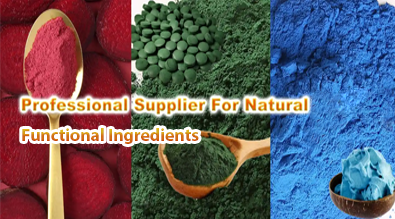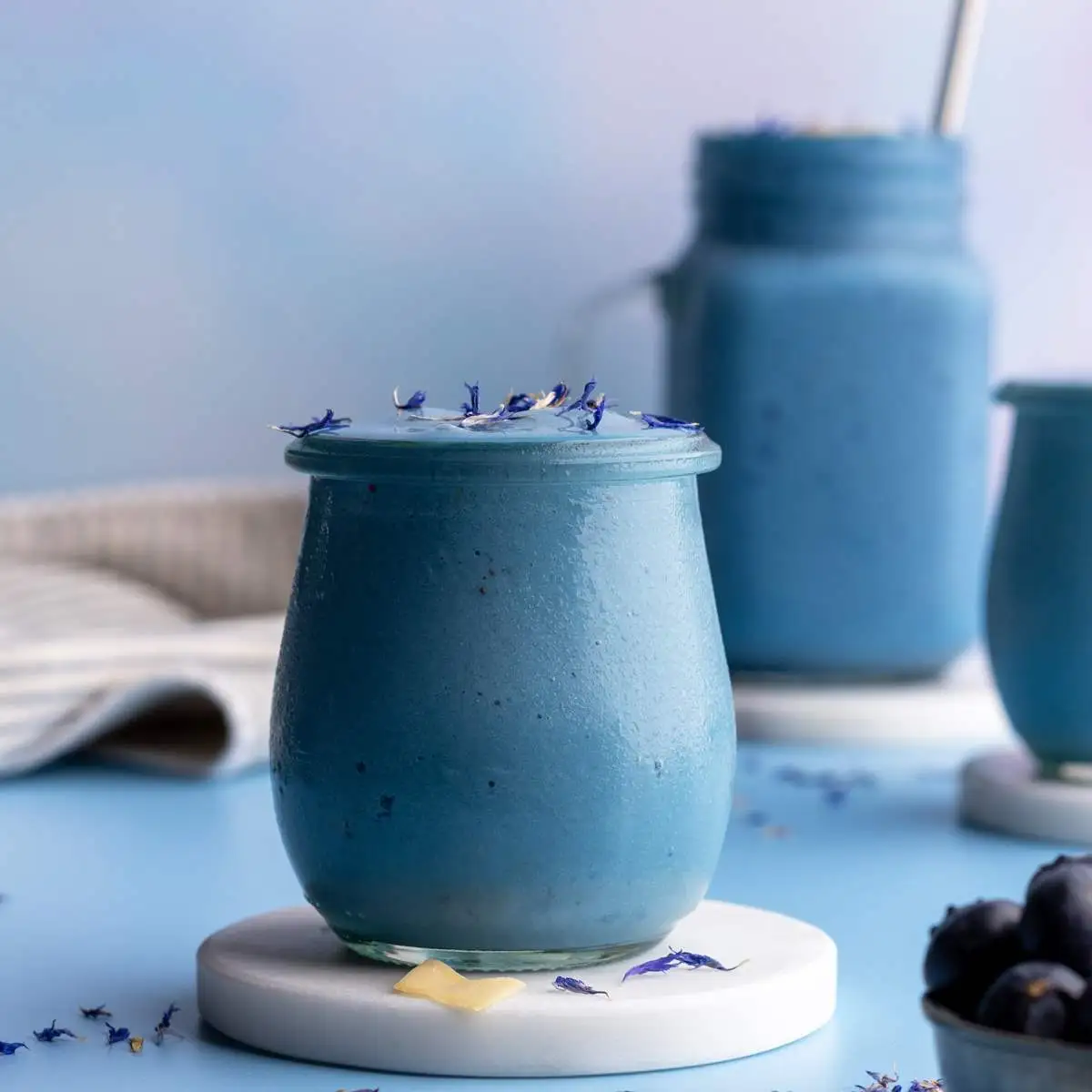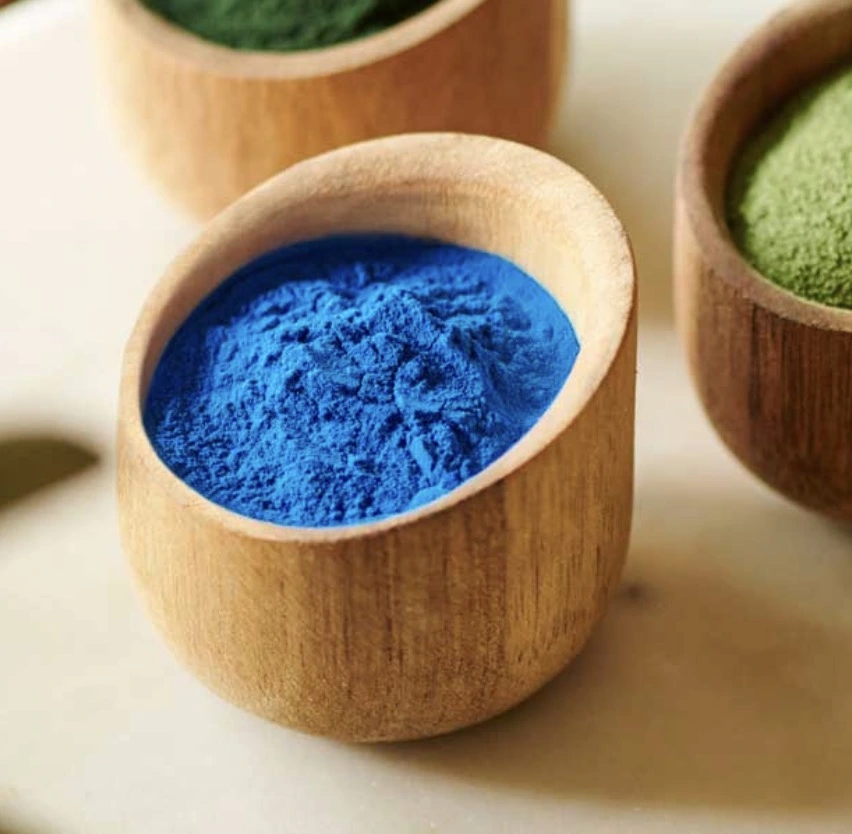E153: The Natural, Safe Pigment for Your Food and Cosmetics
In the world of food and cosmetics, color plays a crucial role in attracting consumers and enhancing product appeal. Among the various pigments available, E153, also known as vegetable carbon, stands out as a natural and safe option. This blog post delves into the benefits, applications, and safety aspects of vegetable carbon E153, helping you understand why it's becoming increasingly popular in the food and cosmetic industries.

How E153 Enhances Food & Cosmetic Products?
Rich, Deep Black Color
E153 provides an intense, deep black color that can significantly enhance the visual appeal of various products. In food applications, it can create striking black confectionery, add depth to sauces, or create dramatic effects in baked goods. For cosmetics, E153 offers a rich black hue perfect for eyeliners, mascaras, and other makeup products where a true black is desired.
Versatility in Application
One of the main benefits of E153 is its versatility. It can be used across a wide variety of products, including food, beverages, cosmetics, and personal care items. This pigment disperses easily in both water-based and oil-based formulations, making it an ideal choice for different product types and manufacturing processes. Its adaptability ensures that it can be incorporated into a range of applications while maintaining consistent performance.
Stability Under Various Conditions
Vegetable carbon E153 exhibits excellent stability under different environmental conditions. It maintains its color integrity even when exposed to heat, light, and varying pH levels. This stability ensures that products maintain their intended appearance throughout their shelf life, contributing to consumer satisfaction and brand loyalty.
Natural Alternative to Synthetic Dyes
As consumers demand more natural and clean-label products, E153 provides a plant-based alternative to synthetic black dyes. Its natural origin meets the increasing preference for products free from artificial additives, making it an appealing choice for manufacturers. By using E153, companies can cater to health-conscious consumers seeking safer, more transparent ingredients, aligning with the growing trend toward cleaner, more sustainable products in the market.

Is Vegetable Carbon E153 Safe? Key Facts
Regulatory Approval
E153 has undergone rigorous safety assessments and is approved for use in food and cosmetics by regulatory bodies worldwide. The European Food Safety Authority (EFSA) and the U.S. Food and Drug Administration (FDA) have evaluated E153 and deemed it safe for use within specified limits.
Non-Toxic and Non-Allergenic
Vegetable carbon E153 is considered non-toxic and non-allergenic. It does not penetrate the skin or get absorbed by the body when ingested, making it a safe option for both topical and oral applications. This characteristic is particularly important for individuals with sensitivities or allergies to synthetic dyes.
Environmental Impact
As a plant-derived substance, vegetable carbon E153 has a lower environmental impact compared to synthetic pigments. Its production process involves the controlled burning of vegetable materials, which can be sourced from renewable resources. This aligns with growing consumer concerns about sustainability and eco-friendly products.
Usage Limits and Guidelines
While E153 is generally recognized as safe, regulatory bodies have established specific guidelines for its use. These guidelines typically specify maximum allowable concentrations in different product categories to ensure consumer safety. Adhering to these guidelines is crucial for manufacturers to maintain product safety and compliance.

Natural vs. Synthetic Pigments: Why Choose E153?
Consumer Preference for Natural Ingredients
The shift towards natural and clean-label products has been a significant trend in recent years. Consumers are increasingly scrutinizing product labels and showing a preference for items made with natural ingredients. E153, being derived from plant sources, aligns perfectly with this consumer demand, offering a competitive edge to products that incorporate it.
Reduced Risk of Adverse Reactions
Synthetic dyes have been linked to health concerns, such as allergic reactions and hyperactivity in children. E153, a natural pigment, offers a lower risk of these adverse effects, making it a safer option for a broader range of consumers. It is especially suitable for those sensitive to artificial additives, providing a more natural alternative without compromising safety. This makes E153 an ideal choice for health-conscious individuals and those with sensitivities.
Sustainability and Eco-Friendliness
The production of vegetable carbon E153 from vegetable sources is generally more sustainable and environmentally friendly compared to the manufacture of synthetic pigments. This aspect resonates with environmentally conscious consumers and aligns with corporate sustainability goals, making E153 an attractive option for brands looking to reduce their ecological footprint.
Versatility in Formulations
E153 offers excellent versatility in various formulations, often outperforming synthetic alternatives. Its ability to blend well with other ingredients and maintain stability in different product types makes it a valuable tool for product developers seeking to create innovative and visually appealing items.
Clean Label Appeal
The use of E153 allows manufacturers to simplify their ingredient lists and create cleaner labels. This transparency in ingredients can boost consumer trust and loyalty, as more people seek products with recognizable, natural components.

Conclusion
E153, or vegetable carbon, presents a compelling option for manufacturers in the food and cosmetic industries looking to meet consumer demands for natural, safe, and effective products. Its rich black color, versatility, and safety profile make it an excellent choice for a wide range of applications. As the trend towards natural ingredients continues to grow, E153 is poised to play an increasingly important role in product formulations.
If you're interested in incorporating vegetable carbon E153 into your products or want to learn more about its applications and benefits, we invite you to reach out to our team of experts. Contact us at info@yanggebiotech.com for personalized advice and innovative solutions tailored to your specific needs.
References
1. European Food Safety Authority. "Re-evaluation of vegetable carbon (E 153) as a food additive." EFSA Journal, 2012.
2. U.S. Food and Drug Administration. "Color Additives: FDA's Regulatory Process and Historical Perspectives." FDA Consumer Health Information, 2018.
3. International Journal of Food Sciences and Nutrition. "Natural food colorants: A review of recent research and trends." Volume 70, Issue 6, 2019.
4. Journal of Agricultural and Food Chemistry. "Safety Assessment of Plant-Derived Food Colorants." Volume 68, Issue 39, 2020.
5. Cosmetics & Toiletries. "The Rise of Natural Pigments in Personal Care Products." Industry Report, 2021.

Based on your location and order quantity, you will have the opportunity to receive a limited time free shipping promotion!

Who we are


